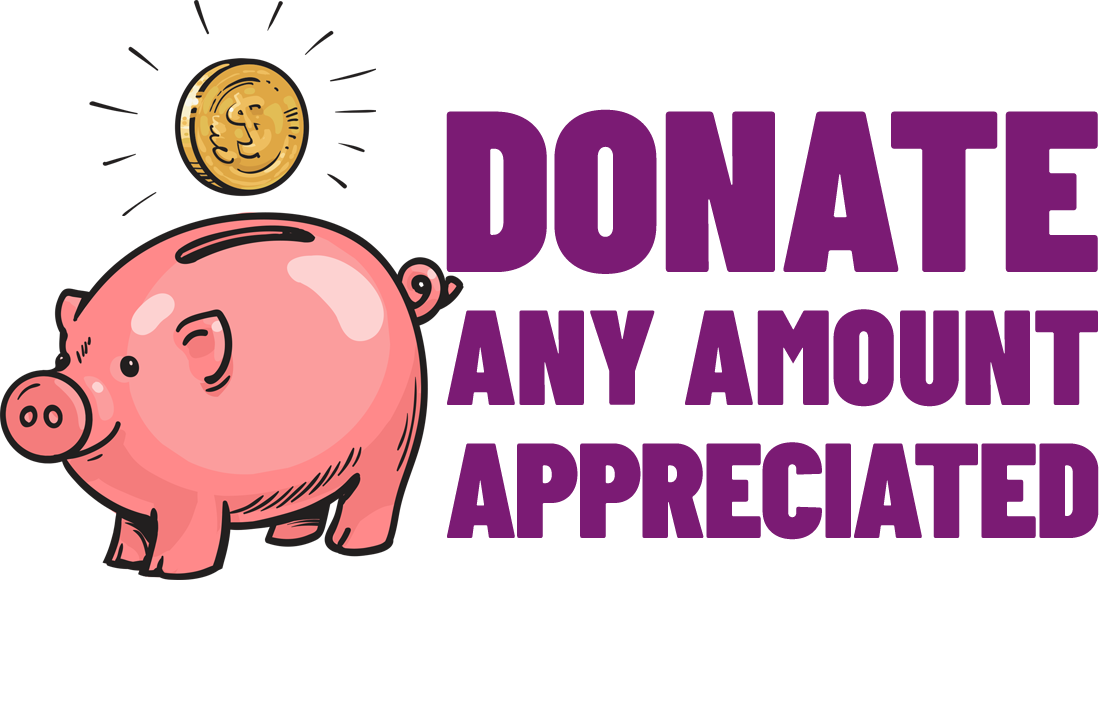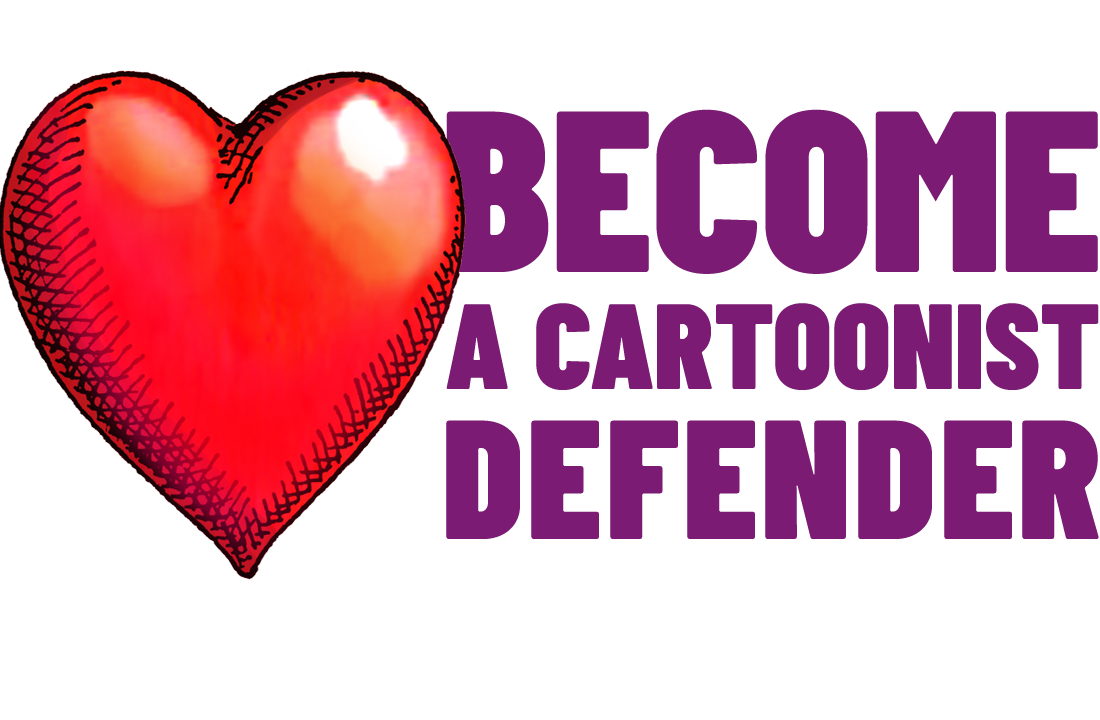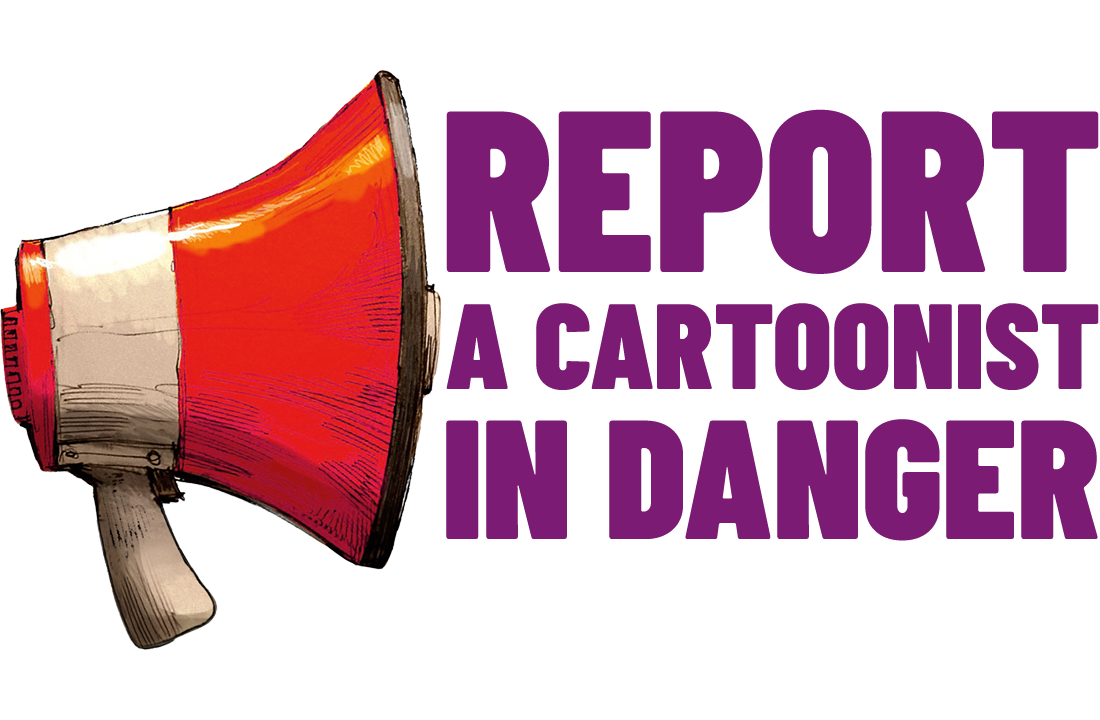On January 7th 2015, a devastating terrorist attack was made upon those present at the offices of Charlie Hebdo magazine in Paris, leaving a dozen people dead, including staff and contributors as well as police officers.
Among the victims at Charlie Hebdo were renowned cartoonists Stéphane “Charb” Charbonnier, Jean “Cabu” Cabut, Georges Wolinski, Bernard “Tignous” Verlhac, and Philippe Honoré – men who had dedicated their lives to using humor and satire to provoke thought and challenge authority. Their courage and commitment to free expression inspired many, even in the face of repeated threats. And this atrocity was all the more shocking for its location, in what seems to most cartoonists, then and now, their natural haven – the nation of France.
The outpouring of grief that followed, including the “Je Suis Charlie” sentiment that encircled the globe, underlined the nature of cartoonists’ role in society. Their work pushes boundaries, questions power and forces us to confront uncomfortable truths. While their art can spark controversy, it is precisely this ability to provoke debate that makes satire so vital to a free and open democracy. Silencing cartoonists – or any form of critical expression – isn’t just an attack on the individuals; it threatens the values of dialogue, tolerance, and the right to dissent.
As an organization dedicated to defending the human rights of cartoonists, we know how often they face harassment, intimidation, and violence simply for doing their job. Protecting cartoonists is about more than ensuring their safety – it’s about preserving the diversity of view and freedom of expression that underpins democratic societies.
We commend the French president, Emmanuel Macron and the Ministère de la Culture’s efforts to establish a Maison du Dessin de Presse in Paris. While it is very important that such an institute preserves and promotes editorial cartooning and its cherished position within French culture, it will also serve as a beacon for cartoonists maligned and abused in other parts of the world. As such, we sincerely hope that consideration is given in policy, provision made in budget, and space reserved within the location itself for the needs of exiled cartoonists, comparable to that found in other Maison du Journalistes and places of safety for writers and artists around Europe.
A decade on from that dreadful day, we reaffirm our commitment to defending cartoonists and their right to create without fear. A society without the freedom to laugh, question, or criticize is no society at all.
Earlier this week, cartoonist Ann Telnaes resigned from The Washington Post describing a decision to spike a cartoon critical of media tycoons including Post owner Jeff Bezos “a game changer…and dangerous for a free press”. Today Ann has given CARTOONISTS RIGHTS and our colleagues around the world permission to present her visual essay on the tenth anniversary of the Charlie Hebdo killings, and on cartoonists’ freedom of expression.













